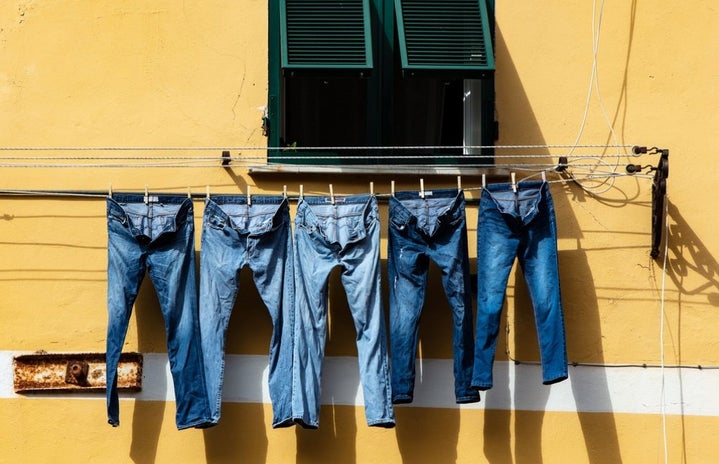TW: This article discusses sensitive topics including sexual assault.
In honor of Women’s History Month, the Women’s and Gender Studies department at Coastal Carolina University has organized an art installation to raise awareness for sexual harassment and assault. Located in the Lib Jackson Student Union rotunda, the exhibit will showcase stories submitted by real survivors of sexual assault. The stories include what the survivors were wearing, and the exhibit contains recreations of those outfits. The actual clothes worn by survivors will not be in the display, but instead, the showcase will contain representations of the clothes described in each survivor’s story. The goal of the installation is to dismantle rape culture and the problem with victim blaming by proving that sexual assault can happen to anyone wearing any item of clothing.
The installation began at the University of Arkansas in 2013 and was created by Jen Brockman and Dr. Mary Wyandt-Hiebert in response to Dr. Mary Simmerling’s poem, “What I Was Wearing.” Brockman and Wyandt-Hiebert created the visual representation of the poem by asking survivors at the University of Arkansas to submit their stories, and the installation took off, gaining traction at other schools such as the University of Kansas.
According to Brockman and Wyandt-Hiebert, the art exhibit is meant to show audiences that the problem of sexual assault does not lie within the clothes a victim was wearing, but rather, the problem is the power that rape culture has in our society. The exhibit calls upon viewers to ask themselves why the question, “what were you wearing?” is often one of the first things that leaves our mouths when a survivor comes forward. Additionally, the display points out the emotional damage that question may cause to survivors who now feel they are to blame for their own assault. The University of Kansas’ Sexual Assault Prevention and Education Center has created a pamphlet to guide other schools in organizing the installation.
The pamphlet says: “To put clothing on is so basic and common, to take that action and conflate it with pain and suffering taints not only the individual outfit for the survivor; but also, calls in to question all simplistic and normal behaviors as dangerous.”
While wearing clothes is normal behavior for everyone, it is vital to recognize that clothing is not a barrier to keep one safe from sexual violation. The exhibit tells others that getting rid of the clothes one was assaulted in will not rid the survivor of the trauma endured. Ending sexual violence is much more complex than throwing away the tainted clothes. Rape culture is an environment with social attitudes that normalize and excuse sexual assault and abuse. In order to end sexual violence, we must change our way of thinking and unlearn the normalization of sexual assault. It is important to believe sexual assault survivors when they share their stories. To support survivors, you should remove the question “what were you wearing?” from your vocabulary.
Coastal Carolina’s exhibit will include trigger warnings at every point of entry in the Student Union. The display will be up from Wednesday, March 17 to Monday, March 22, and after it ends, many of the clothing items will be donated locally. The exhibit was also organized by Dr. Ina Seethaler, the director of the Women’s and Gender Studies department at Coastal Carolina, and her students, and the department hopes to display it every spring.


